|
Yesterday was our annual guild Open Day. We were pleased to welcome more than 40 visitors and friends to see our exhibition of work and watch demonstrations of spinning, dyeing, weaving and carding. Many of you had a go at some of our crafts and we hope you enjoyed it and would welcome any new members into our group. Lots of you enjoyed home made cakes and drinks and bought items for sale from our sales table. This is always a great day for us to show off what we do and to chat about our crafts. Some of us made entries for our annual guild competition, which, this year was entitled 'Hand Coverings'. Everyone who came was invited to vote for their 3 favourites and this year the competition was won by Rachel, with Gemma and Sarah coming second and third. Do look at the photos below to see our entries and winners. It was a tiring day for our organisers and members, so thank you to everyone who helped in so many different ways.
0 Comments
Saturday was our workshop with Sarah Cooke, entitled Weaving with Waste. (https://www.sarahcooke.co/) We had a late start as Sarah was stuck in traffic on the journey but Sarah gave us extra time at the end so everyone was able to finish. It was an inspirational day, with Sarah bringing everything we needed. She started by talking about how she came to be teaching this workshop. She became interested in using waste and was then asked by the Journal if she would like to write an article about her work. She was delighted and this was printed in June 2020. After this her work became known and she began to teach and deliver workshops. She brought 12 simple frame looms with her so the workshop was accessible to everyone, experienced and non-weavers alike. She showed us some of her work, including art pieces beautifully framed, bags, hangings and table mats. She also brought boxes full of waste for us to use for weaving. This was the exciting part, with everyone itching to choose something. There were all kinds of plastic, cables, vegetable netting, plastic film from the back of printed photos (Asda rubbish which was destined for the bin!), ribbons, cords, beads and lots more. Sarah said it was all waste of some kind, some donated, some picked up from the street, some salvaged or begged from shops. The actual weaving was very simple and everyone was able to warp the looms quickly following Sarah's clear instructions. The warp used any knitting yarn as there needs to be a stable warp on which to weave some of the more unusual waste yarns. We then were allowed to choose our waste to weave the weft. The width was around 30cm max, and the length could be slightly longer, although we didn't have enough time to make more than a 30cm square. I thoroughly enjoyed the whole day and loved my final piece of weaving. The range of samples were all really different and I think everyone was happy with their final piece. Some were going to be hangings, some bags and one was a book cover. Actually I enjoyed it so much that I spent Sunday turning it into a bag! Its almost done now and a picture will soon be added. Some people bought a kit consisting of frame, pick up stick and shuttle so they could continue at home. Those with rigid heddle looms could do the same thing, a little quicker, at home. An excellent workshop. Thank you Sarah. Here are Sarah's samples and close ups from them. The green one is made from pea and sweetcorn bags! Can you tell which one is made from fruit and veg net bags? Here are some of our works in progress And here are some of the final weavings
There were 13 of us on Saturday for Sue Kimber's Art Yarns Workshop. She had braved the snow and driven all the way from Kent with her husband. She told us she lives in a shepherd's hut without electricity and running water. There were lots of reactions to this from wanting to live there to being horrified. I was one of the latter. She has a small farm with sheep who are all named.
She taught us how to core spin, make boucle yarns, tail spin and more. It was a great workshop and Sue was a helpful and expert teacher. As you can see we all came away with various art yarns in lovely colours, especially Gemma who made loads!! Now we need to decide what to do with them. There were more members who came to chat and just watch the workshop Saturday 12th February brought the long awaited and several times cancelled talk from Dr. Anthea Harris-Fry from the Kidderminster Carpet Museum.
She explained that the museum had been set up 10 years ago with funding from the Heritage Lottery Fund. They were allowed enough money to run the museum for 3 years and since then they have been largely staffed by volunteers. Anthea has been there since 2019 and she came partly because of her keen interest in history. We were treated to a short history of carpets with pictures shown to us on a screen. Surprisingly carpets were not meant to be walked upon in the past as they were much too precious. A painting by Holbein shows Henry V111 with a carpet draped over a table. It is a Persian carpet of vivid colours. Similarly a painting by Teerlinc shows Elizabeth 1 standing on a carpet of rush, so we know that only very wealthy and high status people would have carpets in those times. From about 1735 there was a market for carpets in Kidderminster. At that time carpets would be hand made in flat weave, made in a similar way to how we weave on our hand looms at home today. Carpets were reversible and tufted soft carpets were not made until the 19th century. They would have been small, hard wearing and made in small geometric patterns, used for stairs and hallways. From 1857 carpets were made on power looms after America brought a new steam loom to show at the Great Exhibition in 1851. We learnt about William Morris and his company designing carpets in the late 19th century and onwards and then lots more about modern carpets and contract carpets. Contract carpets are big business now and we saw lots of examples with some very modern and spectacular designs. They are designed for a specific space such as cruise liners or hotels. One fact I found interesting was that Wetherspoons have a different carpet in each of its pubs - each one is unique and is designed to reflect something local. Having been in the local Wetherspoons a few times at Kings Norton after one of the walks I lead, I was surprised that I had never noticed the carpet! I was told by Sarah that there are boats on the carpet so I will definitely look down next time I go there. Sadly there are are only 2 carpet making factories left in Kidderminster now. One of them, Brockways, makes carpets from British Herdwick wool, which is good to know. Thank you Anthea for your very interesting talk, any mistakes above are mine, so I apologise in advance! I am inspired to go and visit the carpet museum now and see all these carpets. I know some members have already visited and found it fascinating. Update: I have now visited The Museum of Carpet - It was definitely worth it! I also had one of my train adventures and found it was very easy to get to Kidderminster. The best part of the visit was seeing and hearing the carpet machines in action and listening to Jed talking about the Axminster loom. A word about Jed- he worked on carpet machines in Kidderminster for all his working life and now he has returned as a volunteer at the museum. He is a mine of information and anecdotes about carpets and machines. I also watched the Wilton loom working. It was very loud and I would be surprised if the factory workers didn't have hearing loss as they were given no ear protection until the 1970s. I watched how they worked and eventually worked out the difference between the 2 types of carpet. I won't attempt to explain as the best way to understand is to see for yourself. The 3rd kind of loom was the Dobby Loom and this makes flat weave carpet in a similar manner to my Louet 4 shaft at home. It was set up for double weave and this was interesting as I am going to try this myself - hopefully! (https://museumofcarpet.org/) Wendy A new year and a new holiday talk from Rachel - of course! I joined the guild 9 years ago and this is an annual treat I wouldn't want to miss. This year she went to Sweden via Norway. She flew to Norway straight after the Guilds Gathering in Worcester in the summer. She went with Helen and they arrived in Trondheim to visit Kirsty, a friend met on a previous summer school. Their last visit had been cut short because of the pandemic. They spent a week there with Kirsty in her house with beautiful views. They visited a mill (Rachel loves mills!) and a folk museum during the week and also sat and knitted while looking out at the view. KIrsty then drove them on to Gothenburg in Sweden for their summer school week. It was a long journey and they stayed at a sheep farm en route. With 100 sheep all with bells Rachel was surprised that she slept really well that night in a very basic hutte (no plumbing or electricity). They were staying on an island near Gothenburg, pronounced Chorn, and Rachel and Helen took part in about 5 workshops. They had a little difficulty with the language as the whole week was in Swedish, which neither of them speak. Usually the summer schools have English speakers too. However they didn't let it stop them taking part in everything although Rachel thinks there were some finer points that they may have missed. Workshops include one about knitted pockets that didn't show, one to make angora wristwarmers, one that was about knitting tramlines, a woven knitting one and a Viking inspired pattern of cables around corners. These all make more sense when you see the photos. She doesnt like the wristwarmers as the kit she was given was not her favourite colours. Some of the tutors were well known and Rachel was really excited about working with them. She also learnt nalbinding during an informal afternoon and she loved it although admits to still not being able to cast on. I thoroughly understand that as I learnt it too in an online guild workshop during the pandemic and that was definitely the hardest part. I made a bag, pencil case and mittens which are great but I still can't cast on properly AGM Here is a short summary of main points from the AGM. We elected 3 new members onto the committee as 3 members are standing down. Kate and Cyndi are rejoining and welcome to Gill. Thank you Carolyn, Judy and Cyndi as treasurer. We agreed on a safeguarding policy, researched and led by Janice, who had worked very hard on the policy - thank you Janice. We listened to the yearly reports and agreed on a few changes. Most important of all we voted on our yearly competition topic. Gradients, jewellery and water were rejected and our new competition title is HAND COVERINGS. This was suggested by Rachel and we now need to make something for our Open Day in May. Of course it must include at least one of our disciplines of weaving, spinning and dyeing. Any mistakes in this blog are mine, so I apologise in advance, Wendy |
|








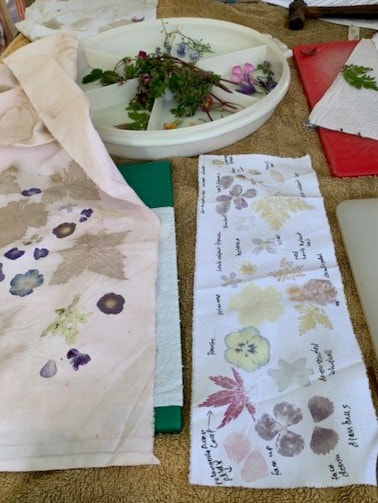
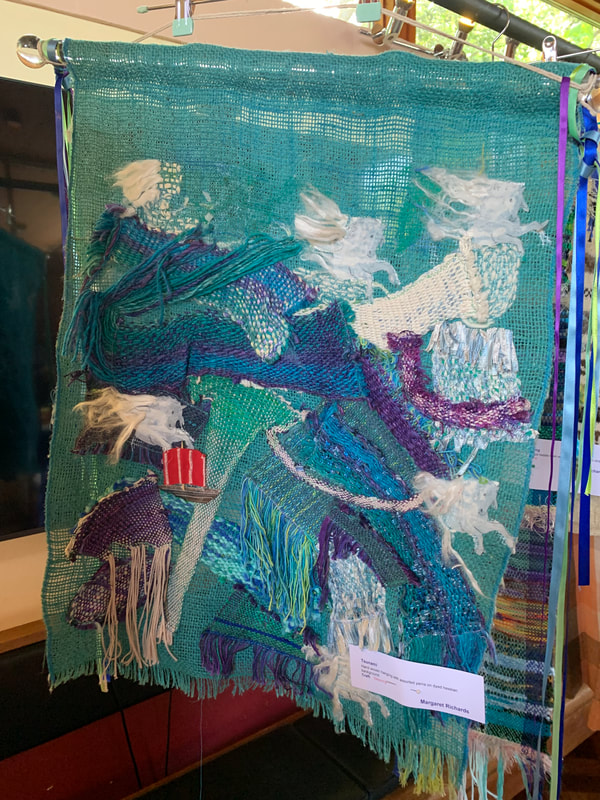
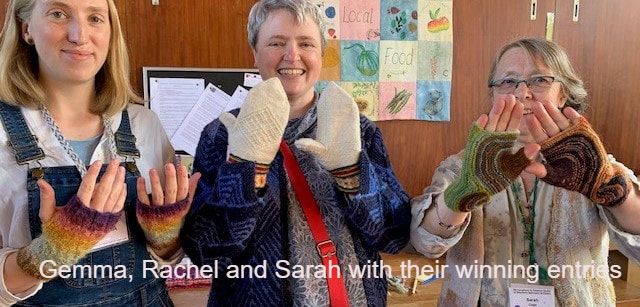
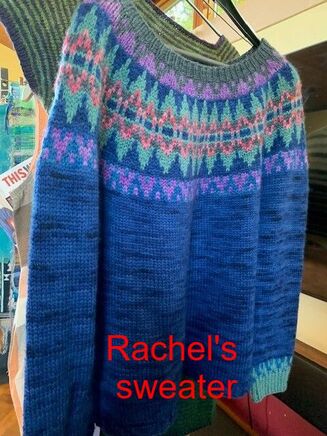
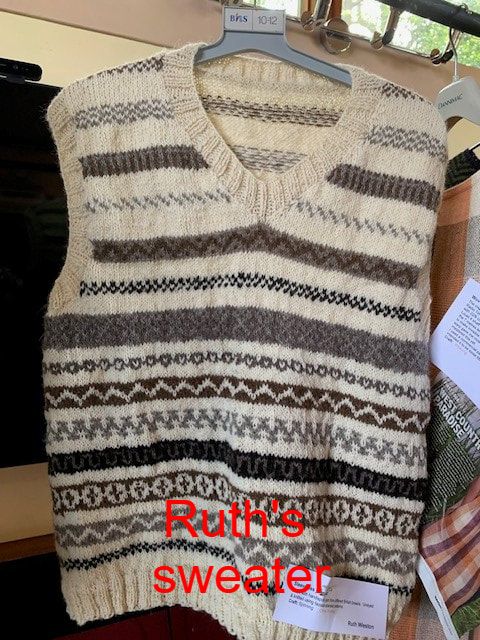
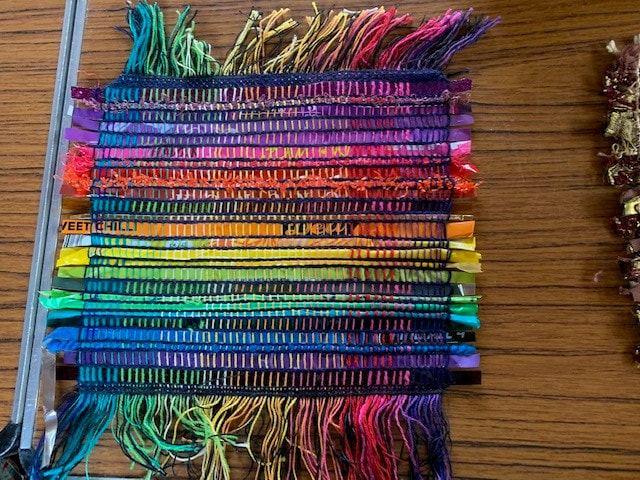
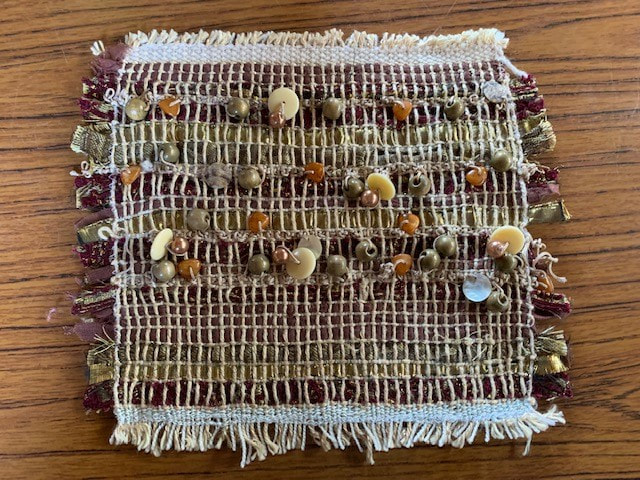
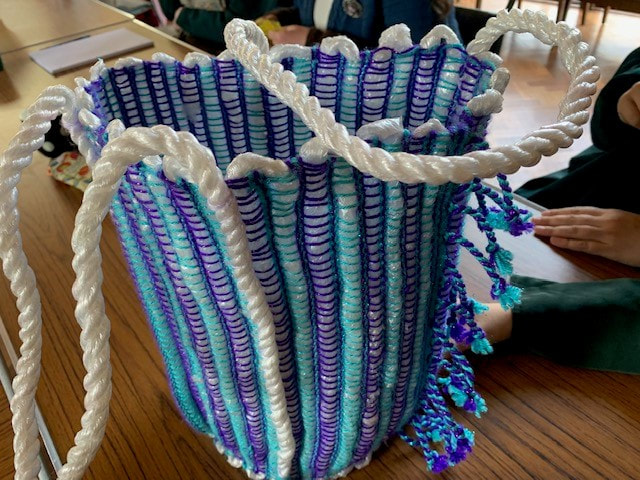
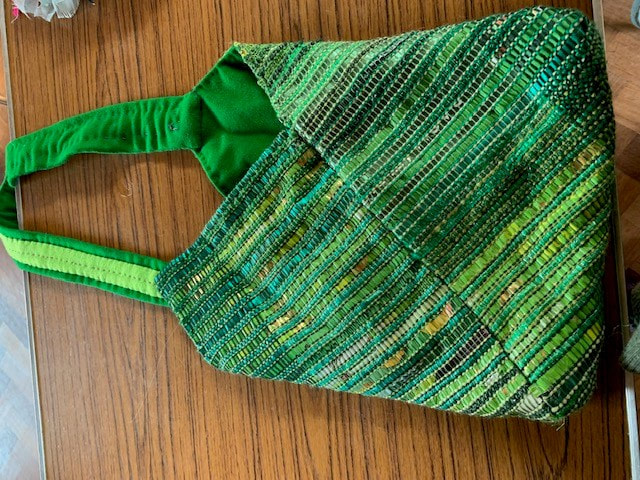
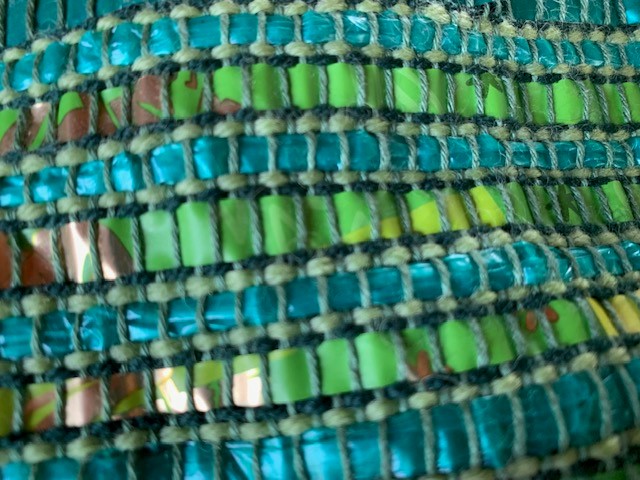
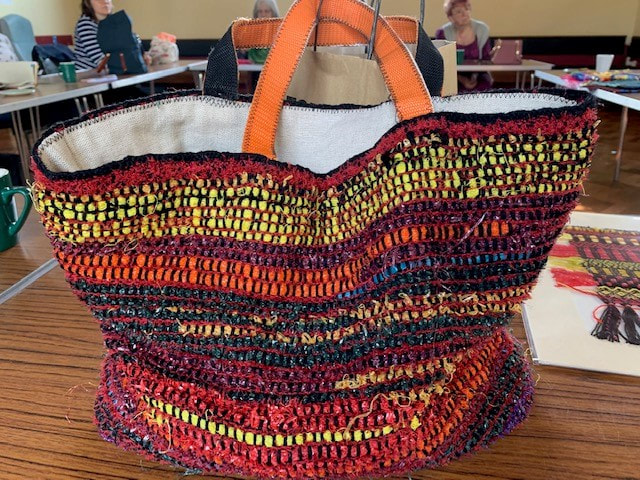
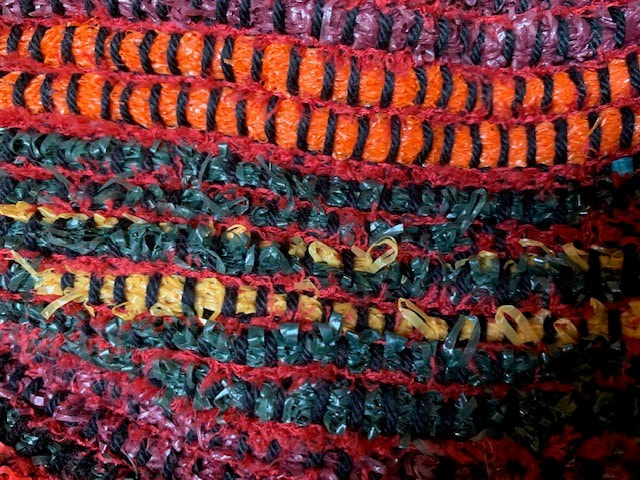
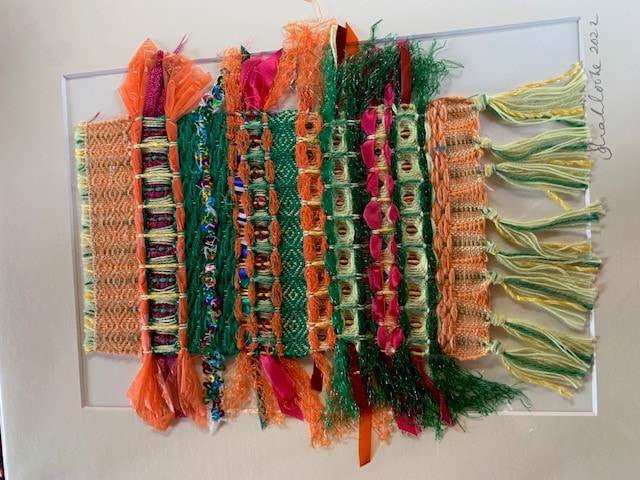
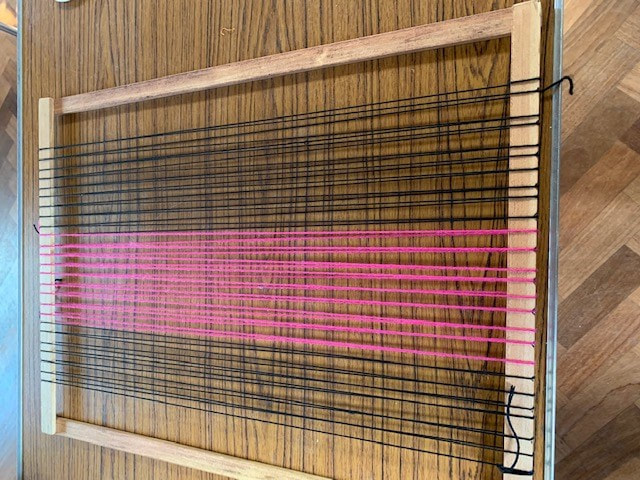

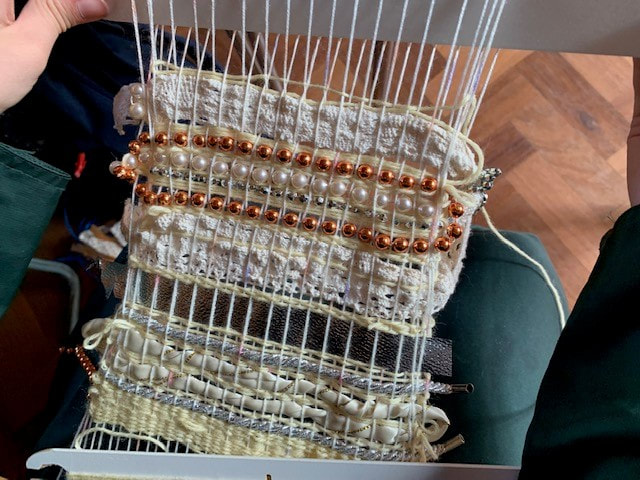
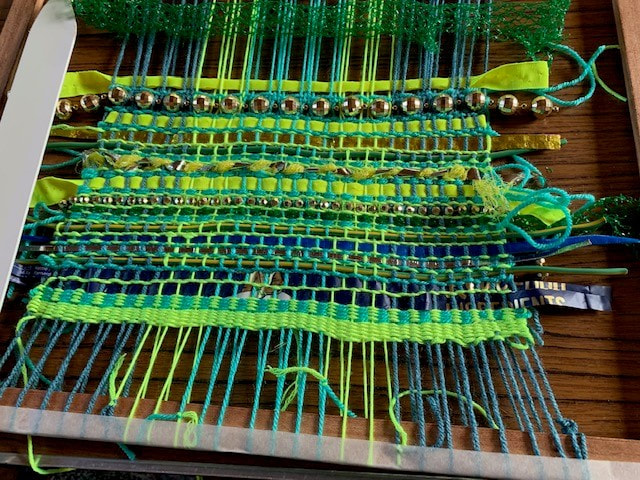
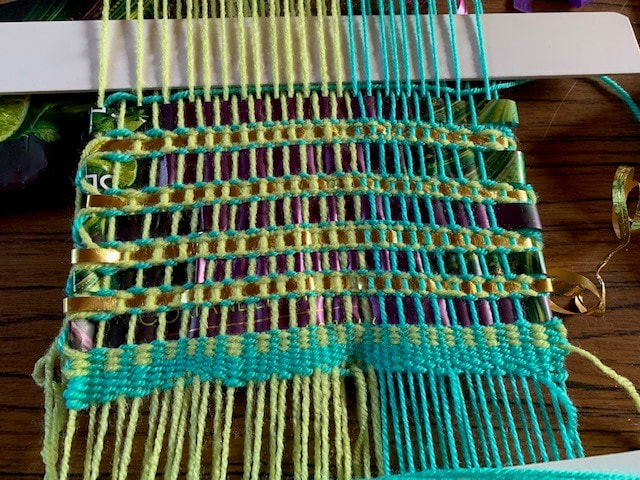
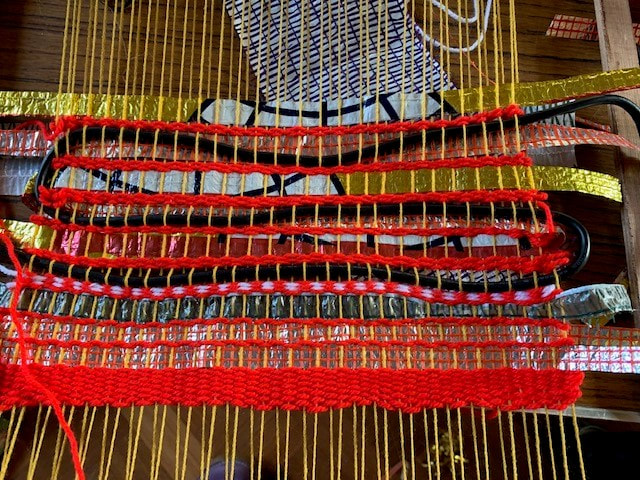
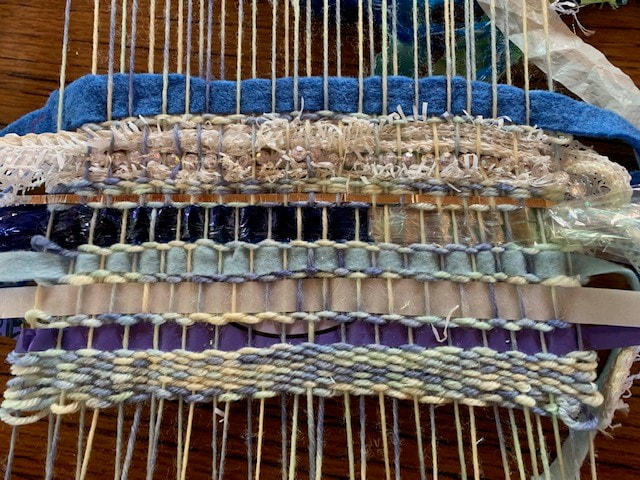
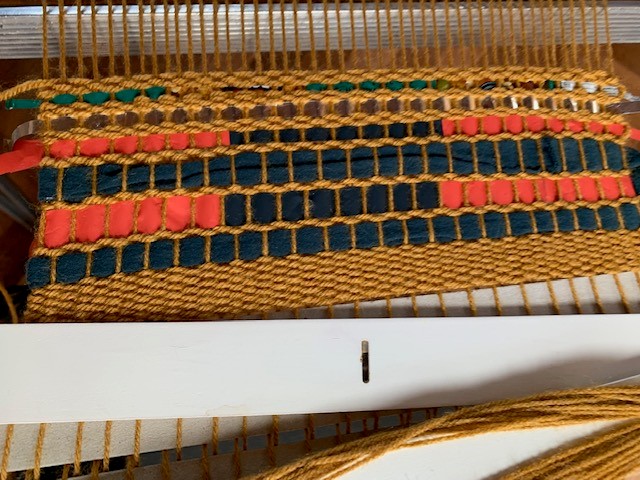
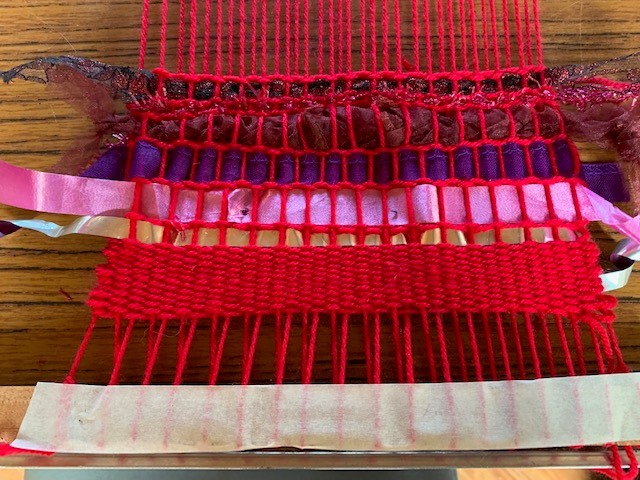
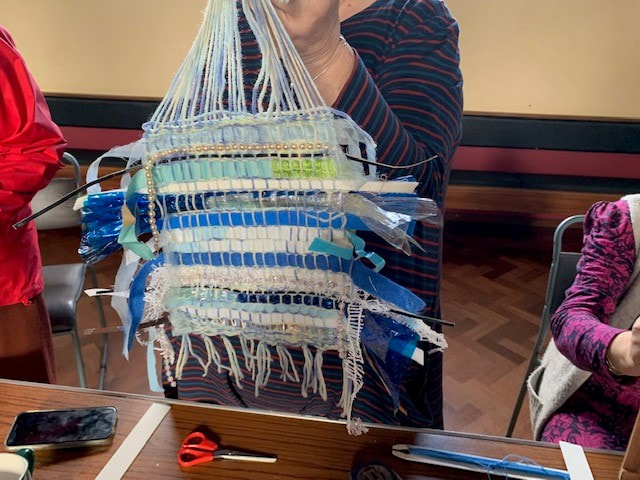
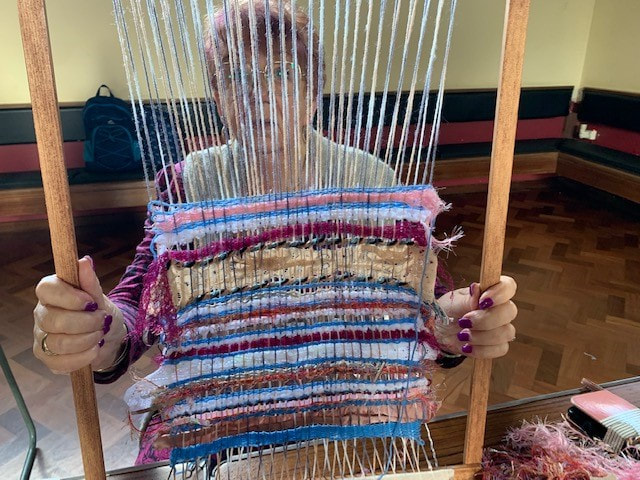
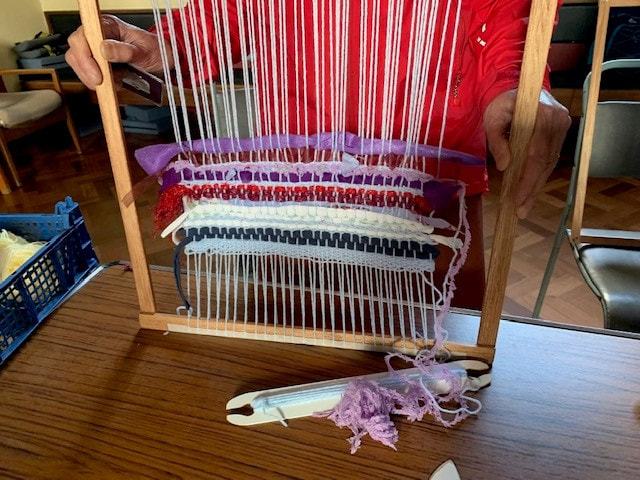
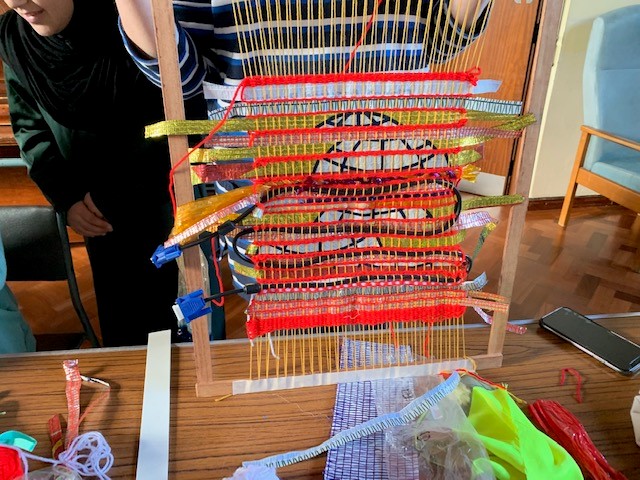
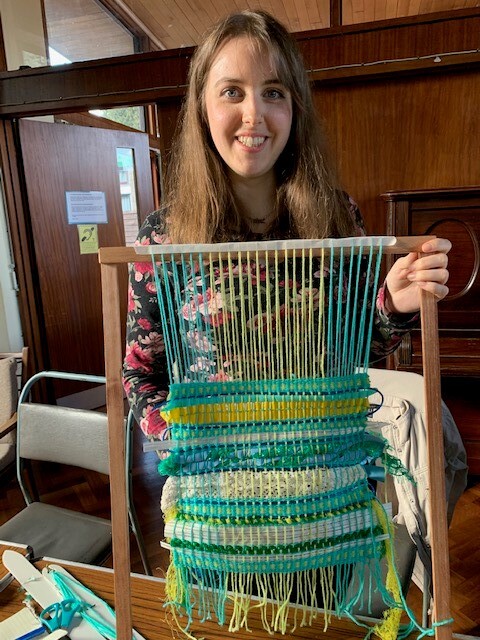
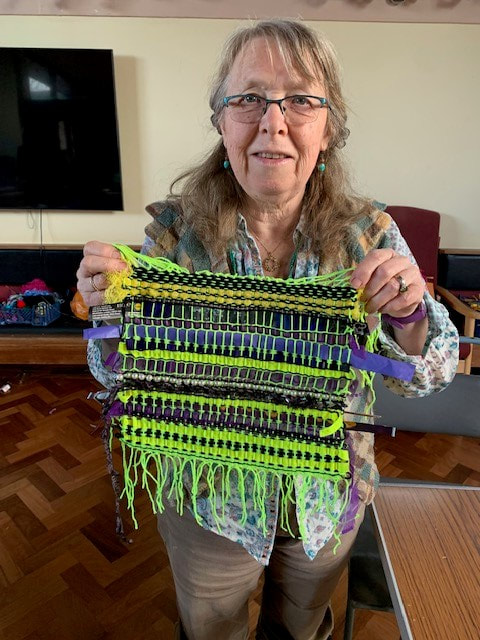
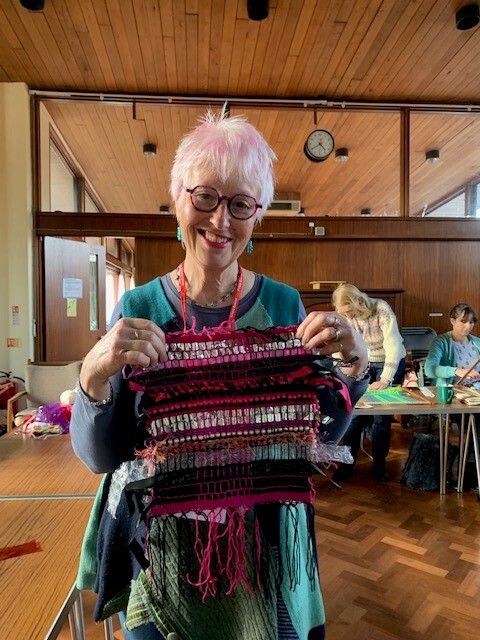
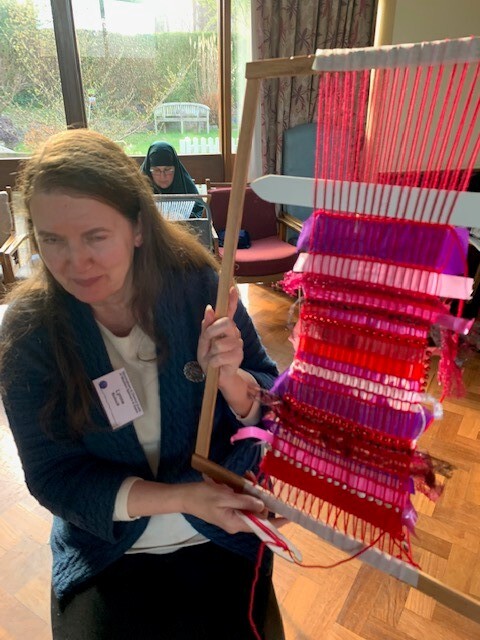
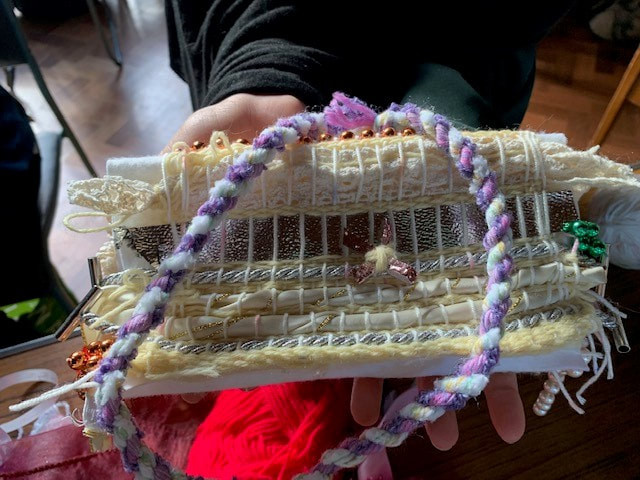
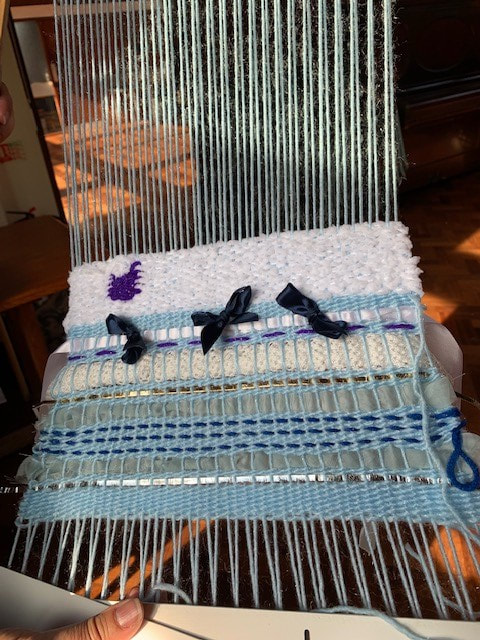















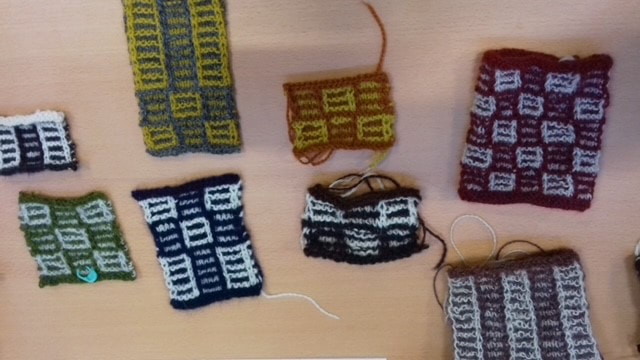
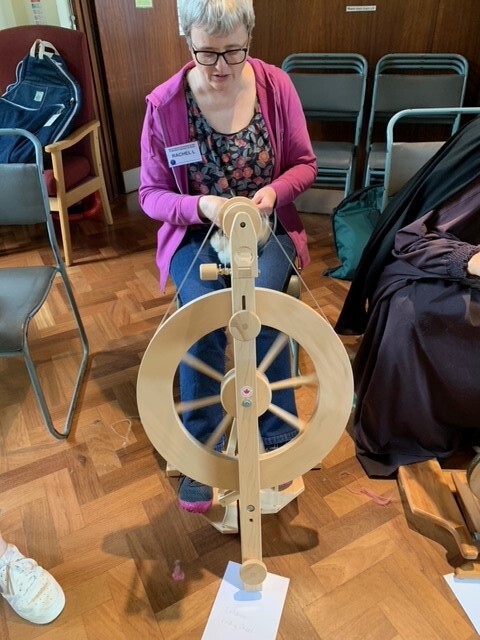
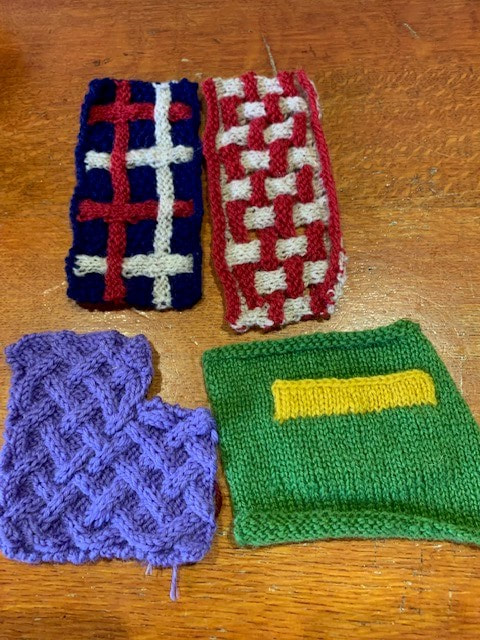
 RSS Feed
RSS Feed
